Pioneer aviator and the ‘Spirit of St Francis’
This story was published in the Evening Post 24th May 2000.The inspiration for this article came to me on Queens Wharf whilst I was eating my sandwiches; I remember ringing Stefan Herrick on my cell phone. He immediately invited me around to the old Evening Post building. His creation of Dad’s story is impressive, I remember he told me that he had a passion for Aviation History and this story is testimony to that. Here it is…
The Spirit of St Francis
Who can guess what was going through the mind of Martin Butler as he nosed his little plane into the breeze at Waiterere Beach. Possibly the thought occurred to him then, as he gunned his engine that what he was doing was quite ridiculous. In the minutes ahead his life would depend on his handiwork as a mechanic, his skill as a pilot, and a disc of silver nailed to his seat.
By then it was too late to do anything but go through with it. A large crowd was there, cameras were loaded, and the monoplane that had taken him and his workmates at Milne’s Garage in Levin five years to build was ready as it would ever be.
It was July 1932, the golden year of aviation. Five years earlier Charles Lindberg had flown the Spirit of St Louis across the Atlantic, John Moncrieff and George Hood were lost trying to fly the Tasman. Bert Hinkler had made an astonishing solo flight from England to Australia. Captain Kingsford Smith and Charlie Ulm were barnstorming around New Zealand. These were deeds that inspired young men like Martin Butler.
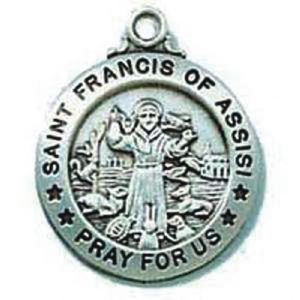 Butler’s goal was more modest but no less courageous. He simply wanted to get airborne in a machine of his own making. As he bounced off down the beach, the engine close too bursting, the wind struggling to find lift. Butler – a pilot with minimal experience – could have taken comfort from very little, except that little medallion on his seat. Before his flight a Mrs Hesp had given it to him. It was St Francis the Patron Saint of birds. Butler wasn’t a religious man but as he climbed from the wreckage of his plane 26 minutes later, he said a silent thank you.
Butler’s goal was more modest but no less courageous. He simply wanted to get airborne in a machine of his own making. As he bounced off down the beach, the engine close too bursting, the wind struggling to find lift. Butler – a pilot with minimal experience – could have taken comfort from very little, except that little medallion on his seat. Before his flight a Mrs Hesp had given it to him. It was St Francis the Patron Saint of birds. Butler wasn’t a religious man but as he climbed from the wreckage of his plane 26 minutes later, he said a silent thank you.
Joan O’Dea arrives with a large plastic shopping bag. She carefully takes out the contents and lays them on the table. They are old black and white photographs grainy and scratched of a ruggedly handsome young man in goggles, overcoat and flying cap. There’s a battered old clipping from the Levin Chronicle of July 15 1932.
Headline “Taking the Air – Successful Trial of Local Plane.” There is an A Grade mechanic’s certificate made out to Martin Ronald Butler.
The contents of her bag are all that remain of her father’s feat 68 years ago. Dad died in 1969; his plane – parts of which she says were at the family home when she was a child in the 1950s – have long since disappeared. One of Butler’s propellers is reputedly in storage in Levin, although she is yet to track it down.
She says it’s time her father’s story was told. Few, if any, New Zealand aviation histories mention her father’s story. But she considers him one of NZ’s pioneer aviators. The aviation establishment at the time considered Butler to be a tearaway, she believes, and a young tearaway at that. Butler started building his plane when he was just 17.
“Dad at 22 would have been a real harum-scarum mad devil” she says. “This was an amazing thing to attempt to do. He wanted to fly his monoplane again after the July crash but Dad himself said that it probably would not happen.”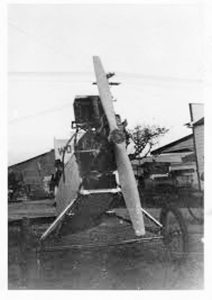
Bureaucracy in New Zealand made sure it never happened again. “He was an unknown who did something that other people might have been acknowledged for.”
The fact that he wasn’t a passionate aviator also wouldn’t have endeared him to the aviation establishment. He received his ticket through the Levin Aero Club, but flying wasn’t to become a big part of his life.
It wasn’t a passion for flying that made him do it, says Mrs O’Dea I think it was the desire to understand. To invent something, he was very resourceful.....
Martin Butler was born in Taihape in 1910. His family were of modest means moving around bush camps near Taihape and in the King country. A born inventor, one of his first creations was a hair-perming solution which turned one of his five sister’s hair green. Later he would design and patent a reversible trailer which turned with the car.
A monoplane was an ambitious project for anyone back then let alone a teenage mechanic from Levin. But the project captured the laborious task of ribbing the wings, hand –stitching the canvas skin and preparing the engine. Pieces of the plane were lashed to the rafters during the day.
Riding on huge cart wheels, Butler’s plane wasn’t meant to be beautiful, graceful or fast. It was designed for one reason: to get off the ground and stay there for a while. If he had a measure of control then that would be a bonus.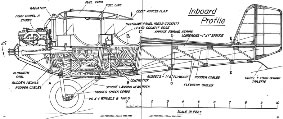
The 40HP Ford engine was uncoiled at the front cooled by a radiator at the leading edge of the wing. In the interests of simplicity the propeller was bolted straight onto the crankshaft and with the throttle wide open spun at 2000rpm.
The fuselage was 5m long, based on the Gerber Monoplane Butler had obtained from the USA and was built canvas over redwood. It had a straight back and curved belly, the rudder was shaped like a tombstone, and all moveable surfaces were controlled by wires.
Butler intended to streamline the plane and fly it again, but by then the Ministry of Transport had imposed restrictions which prevented him from doing so. O’Dea says the flight seemed to satisfy her father but he spoke very little of it to her. The thrill of soaring above the beach wasn’t his motivation maybe as knowing he had made it happen. Once he had done that “it was time to move on”
Like the plane and Butler himself, the St Francis medal that gave the young pilot courage has gone now. “Right through his life” says O’Dea, “he maintained that medal kept him safe.”
Joan O’Dea is a community volunteer and writer, living on the Kapiti Coast, NZ. She published a book in 2011 on her Father’s aviation exploits, entitled Butler’s Flight. Her other publications are mentioned on her website joanodea.com
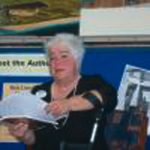
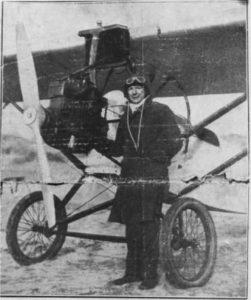
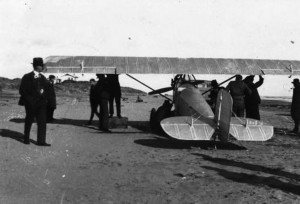
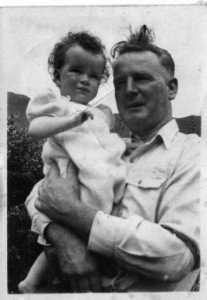
 Entries(RSS)
Entries(RSS)